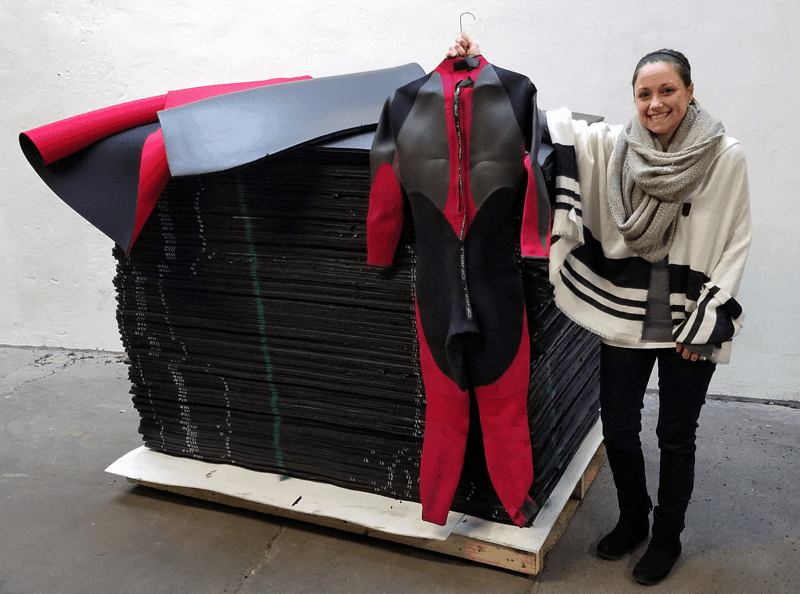
The outstanding characteristics of neoprene often make it the polymer of choice.
DuPont introduced neoprene in 1931 as a polymer derived from oil. 21st century earth friendly polymers are where design engineers are focused now. Monmouth Rubber has introduced an earth friendly line of cellular and solid Neoprene products based on the limestone process. The limestone process is considered more environmentally friendly and Monmouth Rubber uses it exclusively in all its Neoprene rubber products. Sustainability is a priority in many design and purchasing decisions. Monmouth Rubber & Plastics guarantees to take back and recycle any and all neoprene products it supplies.
Basic Characteristics of Neoprene
Neoprene Polychloroprene is a multipurpose elastomer that has a balanced combination of properties. These are the inherent characteristics of neoprene:
- Resists degradation from sun, ozone, and weather.
- Performs well in contact with oils and many chemicals.
- Remains useful over a wide temperature range.
- Displays outstanding physical toughness.
- Is more resistant to burning than many other types of rubber.
Neoprene has a 90 year track record of proven performance. When a rubber as tough as natural rubber is required with resistance to a variety of ingredients that natural rubber does not have, Neoprene is a likely place to look.
Remember, for the Neoprene product to perform as required the supplier must properly compound a formula to meet your specific performance requirements. NEOPRENE reinvented by Monmouth Rubber for sustainably in the 21st century.
For more information on Neoprene please contact John Bonforte, Sr., at 732-229-3444 x112 or contact John Bonforte, Sr.

